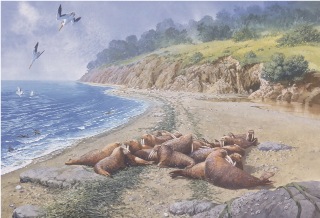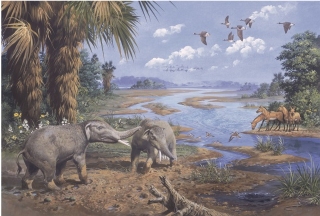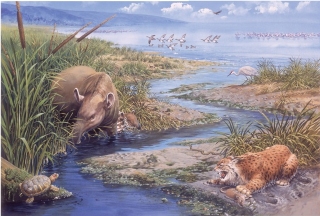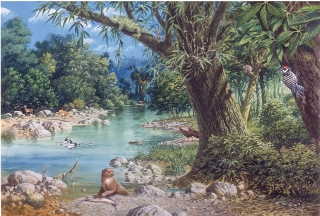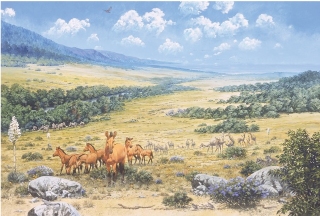Paleoclimatology
For a more detailed description of the paleoclimates of Anza Borrego State Park see
"Paleoclimates and Environmental Change in the Anza-Borrego Desert Region",
by Sharron Sussman, Lowell Lindsay and Howard J. Spero,
"Fossil Treasures of the Anza-Borrego Desert",
George T Jefferson and Lowell Lindsay, editors, Sunbelt Publications, San Diego California, 2006
"Paleoclimates and Environmental Change in the Anza-Borrego Desert Region",
by Sharron Sussman, Lowell Lindsay and Howard J. Spero,
"Fossil Treasures of the Anza-Borrego Desert",
George T Jefferson and Lowell Lindsay, editors, Sunbelt Publications, San Diego California, 2006

